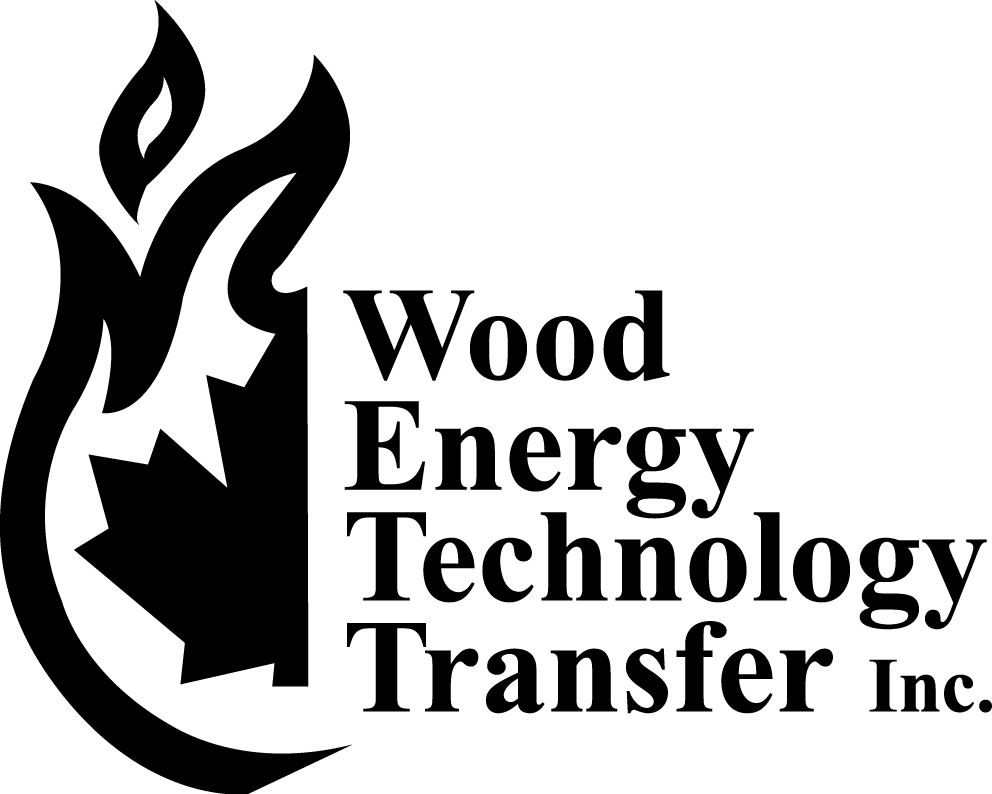Scope and Application of ULC Standards
WETT INC. is in the process of developing a new chapter for inclusion to the WETT Reference Manual. Our mission is to address what seems to be ever increasing “grey areas” arising from differences in interpretation of product installation manuals and how they relate to published safety standards.
Part of the process going forward will be WETT’s greater, and more direct involvement, in the development of standards and codes that affect our industry. Even more importantly, we must provide means for our members to communicate code and standard requirements with clarity and consistency when dealing with the public.
The following standards excerpts are intended to provide reference material for those of you who choose to challenge the December 2022 FireWire Quiz.
CAN/ULC-S610
STANDARD FOR FACTORY-BUILT FIREPLACE SYSTEMS
1. SCOPE
1.1 These requirements cover factory-built fireplace systems capable of utilizing solid fuels, as specified by the manufacturer, and intended for provision of supplementary heating in buildings. These fireplace systems include a fire chamber assembly, chimney sections, a roof assembly, and other associated parts.
1.2 These factory-built fireplace systems are not for use with masonry chimneys.
1.3 Factory-built fireplace systems, as covered by this Standard, are intended for installation in accordance with the National Building Code of Canada, the Installation Code for Solid-Fuel-Burning Appliances and Equipment, CSA B365, or the acts or regulations of the authority having jurisdiction.
3.0 GLOSSARY
3.3 CHIMNEY ASSEMBLY — Includes the chimney and other components such as firestops, radiation shield, supports, cap, etc.
3.5 FACTORY-BUILT FIREPLACE SYSTEM — A fire chamber and its chimney, consisting entirely of factory-made parts designed for unit assembly without requiring field fabrication. A factory-built fireplace system may also include combustion air and warm air ducts, grilles and accessories.
3.15 WARM AIR CIRCULATING TYPE FIREPLACE — A fireplace incorporating a gravity system or forced air heating duct system attached to the air circulating chamber surrounding the fire chamber directing heated air to areas or locations other than directly in front of and directly above the fire chamber opening.
6.2 ASSEMBLY
6.2.1 A factory-built fireplace system shall consist of all the essential parts necessary for the proper installation of a complete fireplace system, including its chimney assembly. Each part or assembly shall be designed for ready attachment of one to the other without requiring alteration, cutting, threading, drilling, welding, or similar task by the installer; except that a special assembly or part designed to be cut to length or to fit by the installer may be provided if means are furnished for joining, such as by bolts or sheet-metal screws, any altered part to a companion part or assembly.
6.2.2 Two or more parts or subassemblies, which must bear a definite relationship to each other for proper and safe use, shall be arranged and constructed to permit them to be incorporated into the complete assembly, without need for alteration or alignment, only in the correct relationship with each other; or such parts or subassemblies shall be assembled and shipped from the factory as one unit.
CAN/ULC-S629:2016
STANDARD FOR 650°C FACTORY- BUILT CHIMNEYS
1. SCOPE
1.1 These requirements apply to factory-built chimney assemblies which do not require field fabrication. They are for use with gas, liquid and solid fuel-fired residential appliances and building heating equipment, where the flue-gas temperatures normally do not exceed 650 ºC. They are intended for use in accordance with the National Building Code of Canada, CSA B139.2, Installation Code for Oil-Burning Equipment for Residential and Small Commercial Buildings, CSA B149.1, Natural Gas and Propane Installation Code, and CSA B365, Installation Code for Solid-Fuel Burning Appliances and Equipment. They are intended for installation inside or outside of buildings to provide an essentially vertical conduit or passageway for conveying flue gases to the outer air from the above-described class of appliances.
3.2 ASSEMBLY
3.2.8 Chimneys shall not be offset at an angle of greater than 45° to the vertical and shall not include more than two offsets.
CAN/ULC-S604:2016
Standard for Factory-Built Type A Chimneys
1 SCOPE
1.1 These requirements apply to Factory-Built Type A Chimneys, which do not require field fabrication. They are for use with gas and liquid fuel-fired residential appliances and building heating equipment, where the appliance or equipment flue-gas temperatures do not exceed 540 °C. They are intended for use in accordance with the National Building Code of Canada, CSA-B139.2, Installation Code for Oil Burning Equipment for Residential and Small Commercial Buildings, and CSA-B149.1, Natural Gas and Propane Installation Code. They are intended for installation inside or outside of buildings to provide an essentially vertical conduit or passageway for conveying flue gases to the outer air from the above-described class of appliances.
3.2 ASSEMBLY
3.2.8 Chimneys shall not be offset at an angle of greater than 45° to the vertical and shall not include more than two offsets.
CAN/ULC-S609:2016
STANDARD FOR LOW TEMPERATURE VENTS TYPE L AND PL
1. SCOPE
1.1 These requirements cover the design and construction of Type L vents intended for the venting of flue gases having temperatures not exceeding 300 °C, from fuel-burning appliances certified for use with Type L vents. They may also be used where Type B gas vents are used. They are intended for installation in buildings to provide a passageway for conveying flue gases to the outer air from the above-described class of appliances.
1.2 These requirements also cover the design and construction of Type PL vents for use in residential dwellings for the venting to the outdoors of the products of combustion from certified automatic particulate-fuelled space heaters.
1.3 Vents covered by this Standard are intended for installation in accordance with the National Building Code of Canada, CSA B365 – Installation Code for Solid-Fuel Burning Appliances and Equipment, CSA B139.2 – Installation Code for Oil-Burning Equipment for Residential and Small Commercial Buildings, and CSA B149.1 – Natural Gas and Propane Installation Code, as applicable, or the acts or regulations of the authority having jurisdiction.
